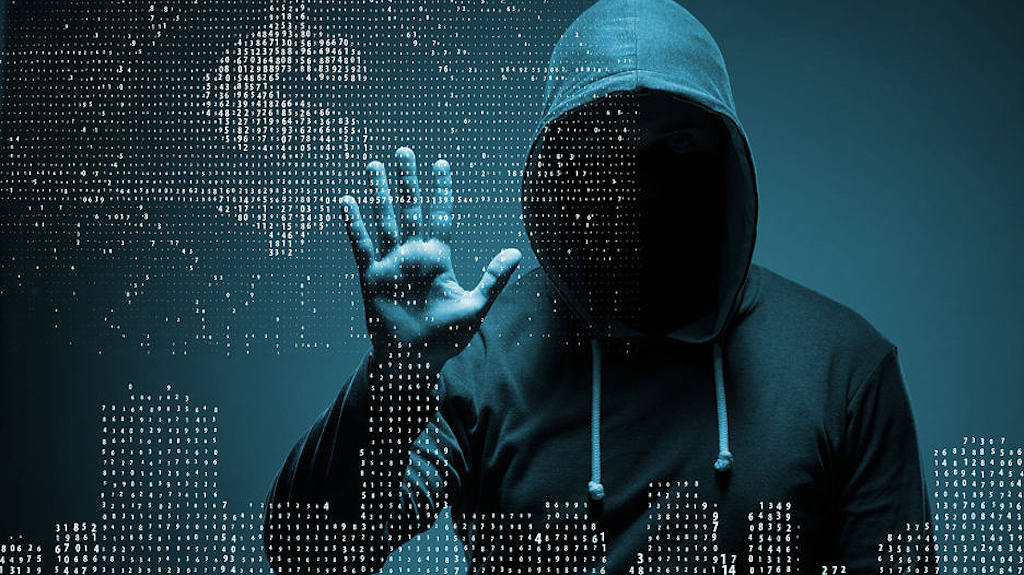Ransomware Is The Biggest Cyber Threat To Businesses But Most Still Aren’t Ready For It
Ransomware is the most significant cybersecurity threat facing many organizations today and while attacks are only getting more sophisticated, it’s a threat that can be countered. Several cybersecurity threats are facing the world today, including supply chain attacks, threat of cyber espionage and cyber aggression by hostile nation states, and cybersecurity exploits and vulnerabilities being sold to whoever wants to buy them. However, ransomware is the most immediate danger and many businesses are leaving themselves vulnerable because they have no incident response plans, or never test their cyber defenses. If your business is in need of protection, bva offers many Cybersecurity Services that will true-up your security holes, make your systems more reliable, and secure your commercial and personal data to safeguard your network.
These high-profile ransomware attacks around the world have had a major impact on our society over the past year more than ever. Cyber criminals encrypt networks, steal data, and threaten to leak it if the ransom isn’t paid, and this can cost victims millions for the decryption key. One of the reasons why ransomware is still so successful is because victims of the attacks pay the ransom, perceiving it to be the best way to restore the network as quickly as possible, but it’s not. It’s expected that ransomware will continue to be an attractive route for criminals as long as organizations remain vulnerable and continue to pay. It’s clear that paying ransoms emboldens these criminal groups and doesn’t guarantee your data will be returned intact, or even returned at all.
In recent months, the impact of ransomware has become so great that world leaders have discussed it at international summits and governments are doing their part to help with this issue. While governments, law enforcement agencies and international bodies have a role to play in helping to fight back against ransomware attacks, businesses and other organizations should also examine their own defenses and plans they have in place, in case they fall victim to a ransomware attack. Actions like applying security patches and updates promptly and using multi-factor authentication can help protect networks from cyberattacks. While we here at bva will use our expertise to combat your cybersecurity risks, the issue doesn’t start and end with just our IT department. It’s important that chief executives and boards also have an understanding of these cyber risks.
To ensure that an organization is as prepared for an attack as possible, the first thing managers should do is identity their critical assets and what the impact would be if they were disrupted by an attack, then develop an incident response plan that accounts for what should happen if there is an attack. A well planned and executed response will help to minimize the damage caused by a cyberattack after falling victim to an incident. The incident response plan should also be tested thoroughly to help clarify the roles and responsibilities of both staff and third parties and how to go about a system recovery if the network is taken out. It has been shown that the vast majority of these high-profile cyber incidents can be prevented by following the actionable steps that dramatically improve an organization’s cyber resilience. Check out the NCSC to see more advice on how you can help protect your business networks.








